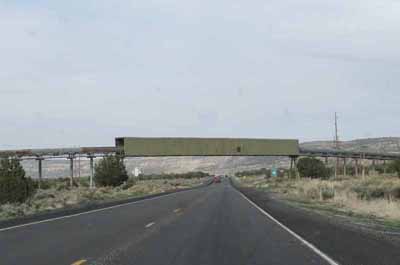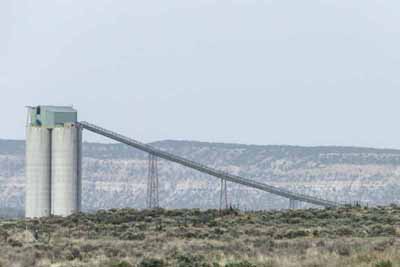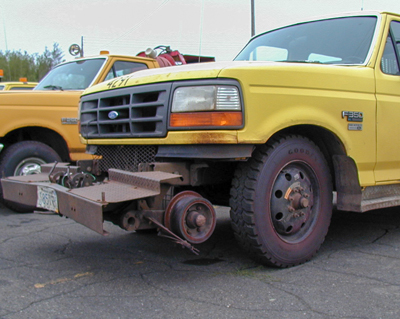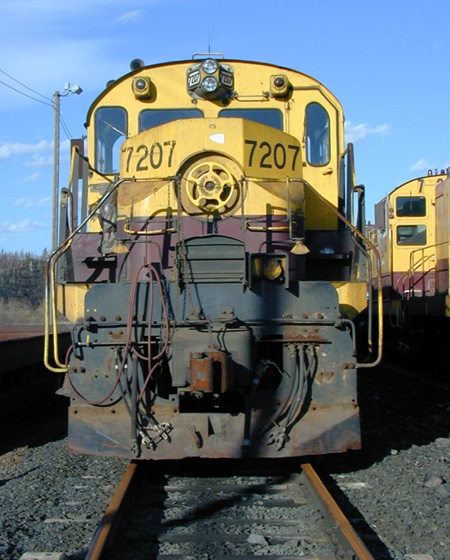Places that you may never have heard of
Due to my love of traveling I’ve made countless cross country trips by car.
Our interstate highway system gives us easy access to most of the USA. On the road, I’ll sometimes see an exit with a name that I don’t recognize. Places with colorful names stick in my mind. I’d jot down the name and when I get home search to find out about the place I passed. earlier.
Aragonite in the high desert of north central Utah is one such place. Now a ghost town, it was originally set up in the early 1900s to mine the crystalline mineral of the same name. Buildings were erected there to house and supply the miners. These mining operations lasted only a short time but later reopened to quarry mine for limestone. One report says that this mining included construction of shafts and deep holes so if you visit the area, watch your step. There is no longer is any mining in here.
A Desert Remote Locality
You can also tell that Aragonite is remote by the surrounding localities. To the west is the Utah Test and Training Range. This is a military base where supersonic flights are routinely conducted. To the southwest is the Dugway Proving Grounds an Army facility where chemical and biological weapons testing are performed.
Not far from the townsite is the Aptus Incinerator. It is used mainly for hazardous waste disposal including PCBs. The operating company is Clean Harbors which claims “ample on-site storage capacity allows for acceptance of large volumes of material before treatment. The site can also be easily accessed by rail or truck, which keeps transport costs down. And, an on-site lab assures timely approval and efficient processing of shipments.” Clean Harbors has been cited multiple times for violating EPA regulations.
Sometimes places are deliberately remote to keep people away from them.
I found that aside from its interesting name Aragonite’s history and surroundings are a worthwhile stop the next time I’m in Utah.
Still Interested
More of my places that you may never have heard of are in








